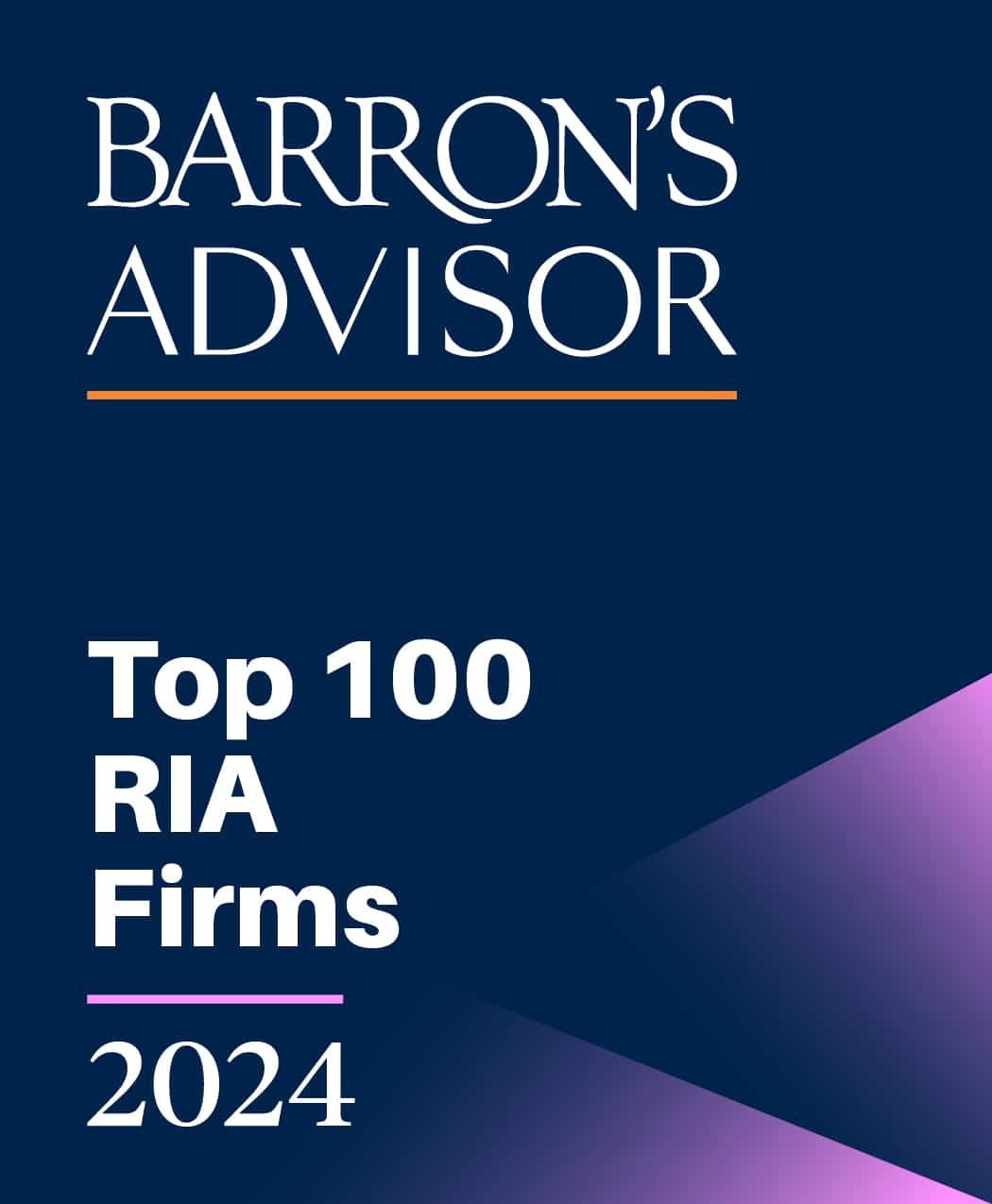For high earners who’ve already checked the box on maxing out 401(k)s, IRAs, and HSAs, the obvious question becomes: what’s next?
It’s a good problem to have, but it’s still a challenge if you’re aiming for a fully optimized, tax-efficient, and purpose-driven financial plan. The truth is, hitting the contribution ceiling on traditional retirement accounts is just the beginning. The next tier of wealth building requires a different set of tools.
Leveling Up: Beyond the Basics
Maybe you’ve already hit the 2025 limit of $23,500 on your 401(k), and if you’re over 50, you may have also taken advantage of the additional $7,500 catch-up contribution. Maybe you’ve funded your backdoor Roth IRA and topped off your HSA with the annual maximum. Great. But what do you do with the excess capital that continues to accumulate?
It’s time to think beyond retirement and into wealth strategy.
Strategy #1: Seek to Optimize Taxable Brokerage Accounts
Taxable accounts often get overlooked, but for high earners, they offer differentiated flexibility. These accounts don’t come with contribution limits or early withdrawal penalties. That means they can serve as a powerful bridge between now and retirement, or support goals that aren’t age dependent.
Here’s where the nuance comes in:
- Tax-efficient investing (think direct indexing, municipal bonds, or even more advanced tax-efficient investing)
- Strategic asset location (placing tax-inefficient assets in tax-sheltered accounts while using taxable accounts for growth-oriented stocks)
- Capital gains harvesting (even high earners can use this strategically in years with lower income or large charitable deductions)
Your brokerage account isn’t just a spillover bucket—it’s one of your most flexible sources of future freedom.
Strategy #2: Health Savings Account (HSA) as a Stealth Retirement Account
If you’re eligible for an HSA and you’re not using it as a long-term investment vehicle, you might be leaving an opportunity on the table.
Many affluent investors don’t realize that the HSA is the only account with a designed triple tax advantage: contributions are tax-deductible, growth is tax-deferred, and qualified withdrawals are tax-free. Rather than using HSA funds annually for medical expenses, consider paying out of pocket and allowing the HSA to grow, potentially becoming one of your most tax-efficient accounts in retirement.
Strategy #3: Consider a Mega Backdoor Roth
If your 401(k) plan allows for after-tax contributions and in-plan Roth conversions, you might be able to stash an additional amount into a Roth account each year. This strategy, known as the Mega Backdoor Roth, can be a powerful way to convert non-deductible dollars into tax-free growth.
But beware: implementation can be tricky. Make sure your plan explicitly supports after-tax contributions and automatic in-plan Roth rollovers or work closely with your advisor and plan provider to avoid accidental double taxation.
Strategy #4: Invest in Yourself or Your Business
Not every investment needs to be in the market. For many high earners, reinvesting capital into a business, building a personal brand, or developing a side venture can offer compelling returns, financial and otherwise.
Whether it’s funding an advisory firm’s growth, purchasing real estate for passive income, or upskilling through executive education, strategic self-investment often yields returns that compound far beyond a portfolio statement.
As Warren Buffett has said, “The best investment you can make is in yourself.”
Strategy #5: Charitable Giving with Intent
If giving back is part of your values, or if you’re looking to manage a particularly high-income year, charitable strategies like donor-advised funds (DAFs) or qualified charitable distributions (QCDs) can align purpose with planning.
You may also consider charitable bunching, grouping multiple years of donations into one high-deduction year, then taking the standard deduction in others.
This isn’t just about tax deductions, it’s about using your wealth to reinforce what matters most to you.
The Next Chapter of Planning
Once your retirement contributions are maxed, the real strategic planning begins. This is where personalized, holistic thinking rises to the top.
What are you optimizing for: freedom, legacy, impact, or security?
At HB, we believe wealth should be purposeful, not just plentiful. If you’re in this stage of financial evolution, we’re here to help you move confidently from accumulation to intentional wealth building.
To learn more or get help with your life experiences, please call 404.264.1400 or email us at info@homrichberg.com.
Important Disclosures
This article may not be copied, reproduced, or distributed without Homrich Berg’s prior written consent.
All information is as of date above unless otherwise disclosed. The information is provided for informational purposes only and should not be considered a recommendation to purchase or sell any financial instrument, product or service sponsored by Homrich Berg or its affiliates or agents. The information does not represent legal, tax, accounting, or investment advice; recipients should consult their respective advisors regarding such matters. This material may not be suitable for all investors. Neither Homrich Berg, nor any affiliates, make any representation or warranty as to the accuracy or merit of this analysis for individual use. Information contained herein has been obtained from sources believed to be reliable but are not guaranteed. Investors are advised to consult with their investment professional about their specific financial needs and goals before making any investment decision.
©2025 Homrich Berg.





